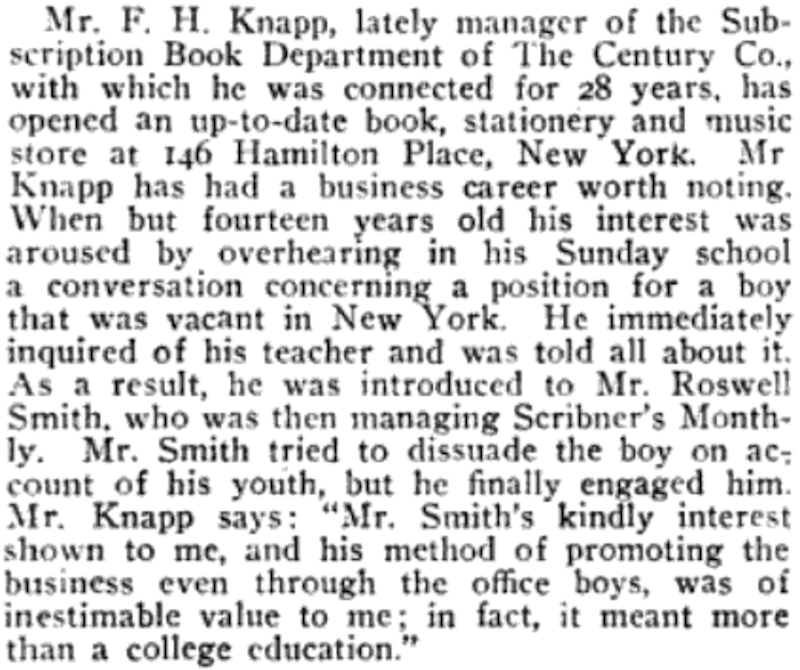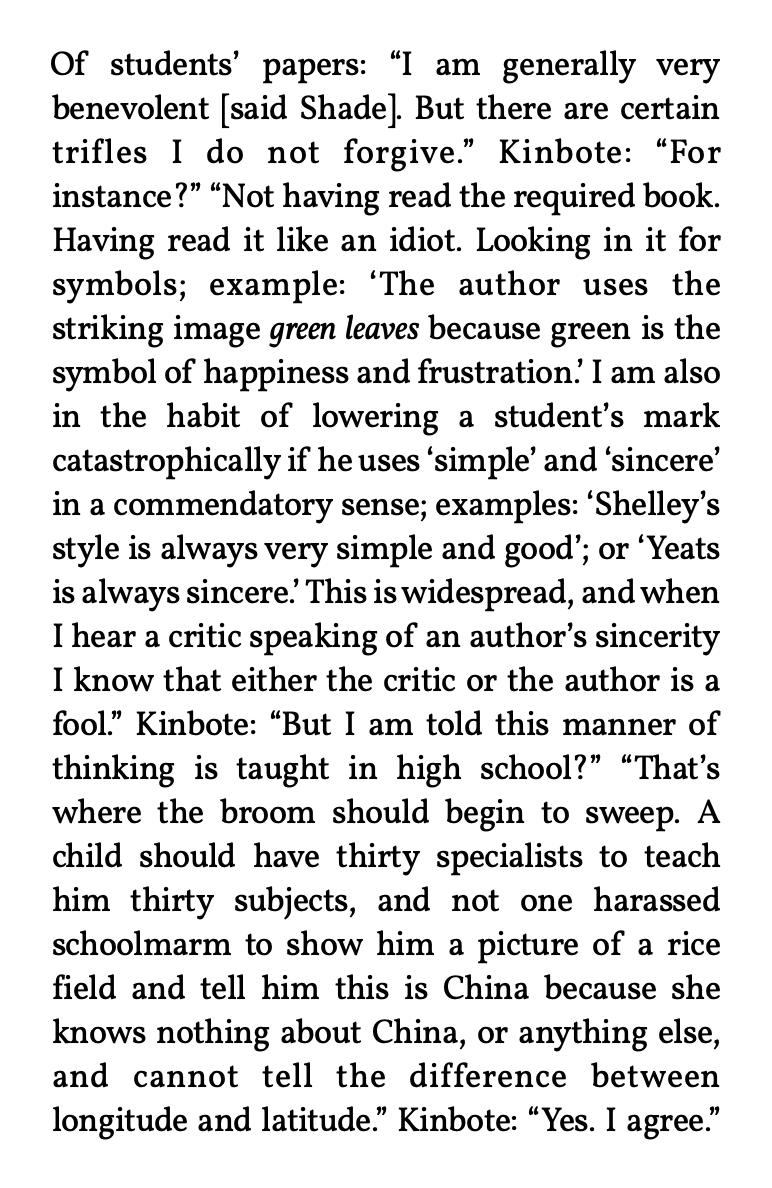 [“Stafford Ink window display at F.H. Knapp.” 146 Hamilton Place, New York City, June 3, 1914. Photograph by William Dabis Hassler. From the New-York Historical Society. Click for a larger view.]
[“Stafford Ink window display at F.H. Knapp.” 146 Hamilton Place, New York City, June 3, 1914. Photograph by William Dabis Hassler. From the New-York Historical Society. Click for a larger view.]
This photograph must be the largest image I’ve ever posted. So click, I say. Click for a much larger view. It’s an extraordinary window.
The automaton therein couldn’t be appearing at a better time: Elaine and I are reading through Steven Millhauser’s fiction, all of it, and just finished “August Eschenburg,” a long short story about a maker of increasingly fabulous automatons.
F.H. Knapp sold his business in 1920. As Reich & Schrift, the store, still a stationery store, was still in business c. 1939–1941. Here’s the tax photo to prove it. Hamilton Place is still there in Upper Manhattan. There is no no. 146 today.
*
January 22: On June 3, 1914, a crowd gathered (at the photographer’s invitation?) to watch the automaton at work:
 [“Crowds admiring the Stafford Ink window display at F.H. Knapp.” 146 Hamilton Place, New York City, June 3, 1914. Photograph by William Dabis Hassler. From the New-York Historical Society. Click for a larger view.]
[“Crowds admiring the Stafford Ink window display at F.H. Knapp.” 146 Hamilton Place, New York City, June 3, 1914. Photograph by William Dabis Hassler. From the New-York Historical Society. Click for a larger view.]
Here’s a little more about F.H. Knapp. From The Bookseller, Newsdealer and Stationer, February 8, 1908:

The Century Co. was the publisher of the celebrated Century Dictionary.
In its September 1921 issue, Typewriter Trade Journal and the Office System reported that Mr. Knapp was thinking of reentering the stationery business. He was then living at 500 W. 144th Street, right next to his former store. The September 25, 1921 issue of The Modern Stationer and Book-Seller has an advertisement that he placed:
My few thousand dollars, experience and business reputation in book and stationery business would make a genuine asset in starting business. A grand chance for some one in a similar position to double up with me and establish a first-class, profitable business. I want to connect with party familiar with commercial stationery, printing, engraving, die stamping and kindred articles; kodaks, artists' supples, books, greeting cards, etc. if you have an equipment — good! Or capital and experience, that will do. A trade following and capital would be interesting. F. H. Knapp, 500 West 144th street, New York City.Related reading
All OCA stationery posts (Pinboard)
[Photographs of F.H. Knapp’s and info on his 1921 plans shared by a generous reader. Thanks, reader.]


